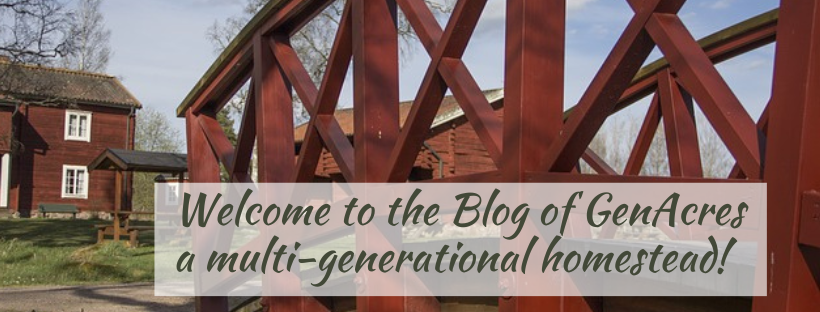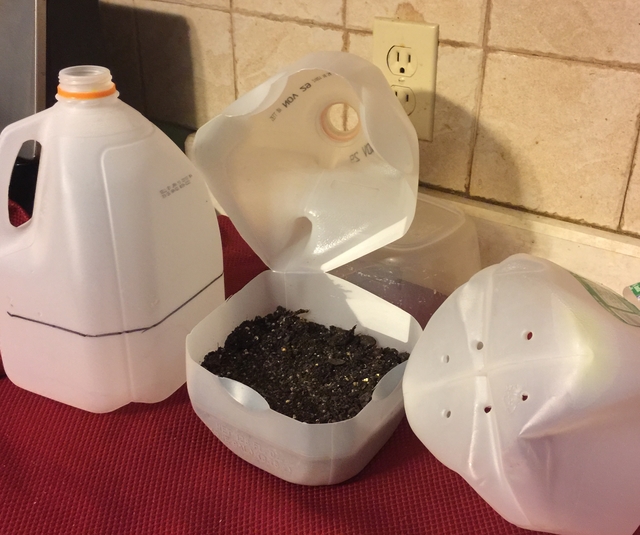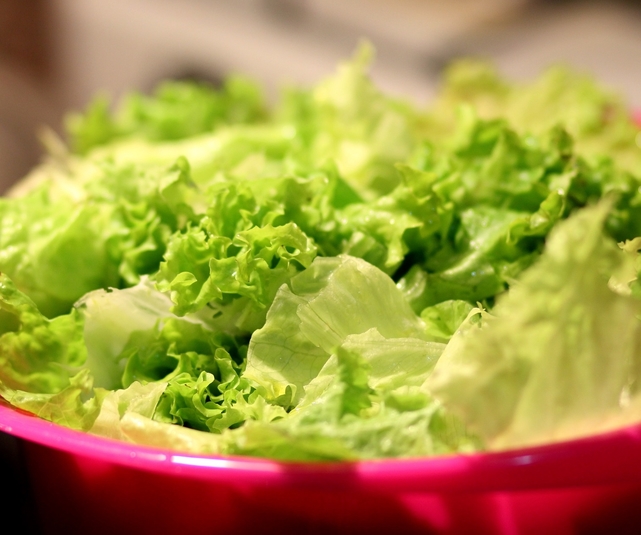Creating a Rock Garden that Rocks --With Hostas!
A rock garden by design is a small plot (usually on a slope or man-made hill) designed to emphasize a variety of rocks, stones, and plants. Rock gardens can be made to blend into the landscape or they can be a great focal point area. Rocks are naturally beautiful, and with the right planning, your rock garden will look good year-round.
























